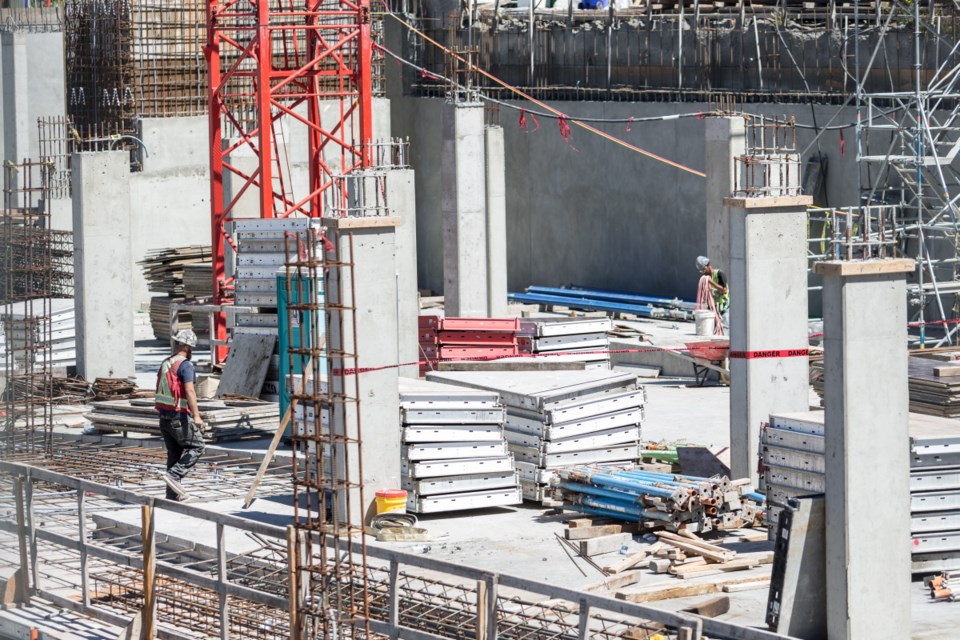Despite a building boom in Greater Victoria, there is little relief in sight for people looking for rental housing.
The bleak outlook is in a forecast from real estate firm Colliers International. “In spite of a significant number of new units, our market should see only a minor uptick in vacancies accompanied by a downward pressure on rental rates by this time next year,” the report said.
Colliers noted the rental vacancy rate remains at 0.5 per cent, unchanged since late last year, while average market rental rates for a one-bedroom suite have increased to $912 per month from $890 in the second quarter of 2016. Two-bedroom suites have increased to $1,188 from $1,160.
Colliers associate vice-president Ken Cloak, one of the report’s authors, said the majority of rental units under construction will not make it to the marketplace before next year. “There is definitely pent-up demand for additional product, but not enough will reach market by year end to influence those vacancy numbers,” Cloak said. He noted even when the units that are planned do come on the market, demand will quickly snap them up.
“Assuming current market fundamentals continue — that’s the in-migration in the form of empty nesters and the millennials reacting to the uptick in the tech industry here — we will maintain a stable market outlook with respect to vacancy,” he said.
That’s not good news for renters. Colliers said there are 1,148 purpose-built rental units expected to come onto the market downtown in the next 18 months, while around the region as many as 5,300 are being planned, are in the approval process or under construction.
But Cloak points out there’s no indication the factors influencing the market are about to change.
The report said historically low vacancy rates, in-migration across all demographics, the growing tech sector, increasing housing prices that have kept would-be first-time homebuyers in the rental market longer, and an increase in national and international investors looking at Victoria are the reasons behind both the boom in construction and for bringing in the tenants to fill the units.
“It’s hell out there [for tenants],” said Dennie Linkert, president of Complete Residential Property Management, which oversees thousands of strata units and hundreds of rental properties in the region. “And I think it will be a long time until we can build up the inventory to the point [vacancy rates] are reasonable again.
“I think people are moving here as quickly as the [rental properties] are being built, if not faster,” she said. “And the real estate market is crazy, meaning there’s nothing to buy so people who are considering buying end up having to rent longer because they either can’t afford it or there’s no supply.”
Linkert, who has run her own business for 16 years and been in the industry since 1992, said she has never seen a market like this.
“I remember when vacancy rates were near 10 per cent and we had to offer incentives like microwaves or half a month of free rent to just to have people come and look at a place,” she said.
Now she has just one vacancy coming available Sept. 1, and expects to have 15 people look at it, while she turns 30 away.
“The landlords get to pick what they want,” she said. “Right now I would be scared to be a tenant — there are no vacancies.”
Casey Edge, executive director of the Victoria Residential Builders Association, said it won’t get much easier for tenants in the next few years as there is no push for increased multi-family projects or zoning for small-lot projects in much of the region.
“Langford continues to build about 40 per cent of the housing in our region while the other 12 municipalities, frankly, are not addressing the land issue.”



